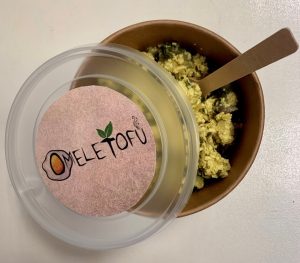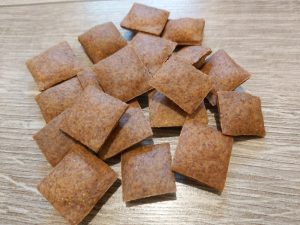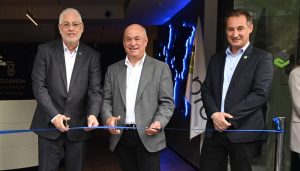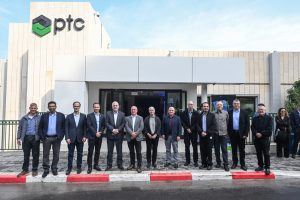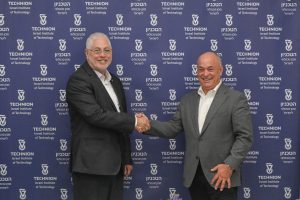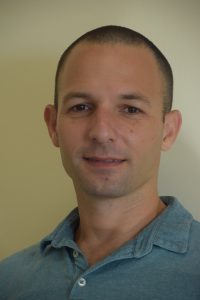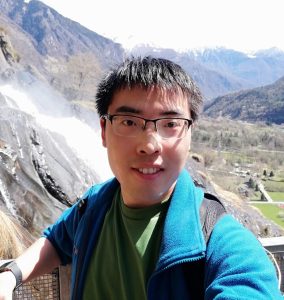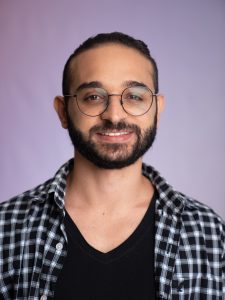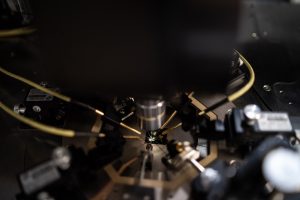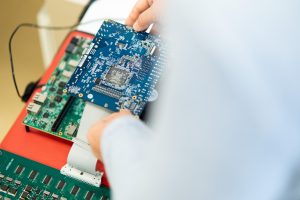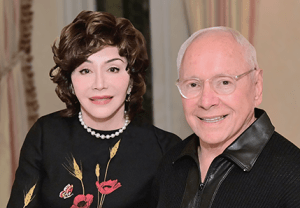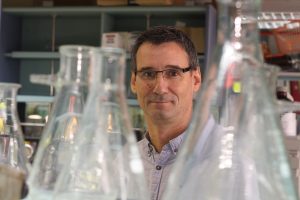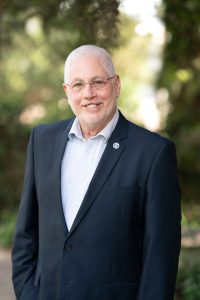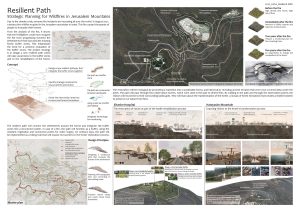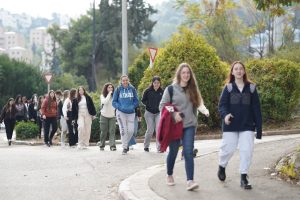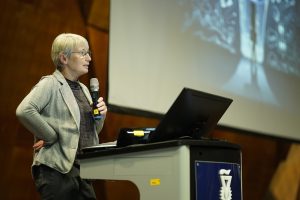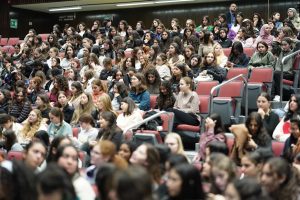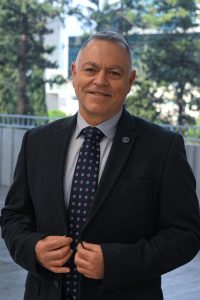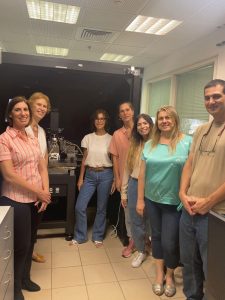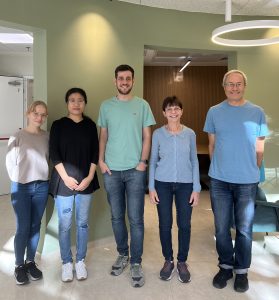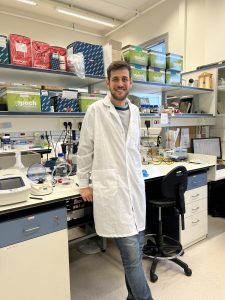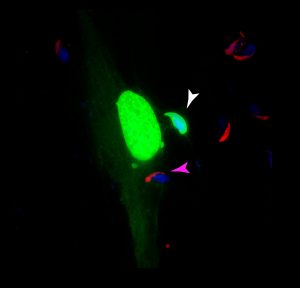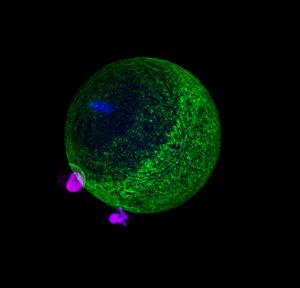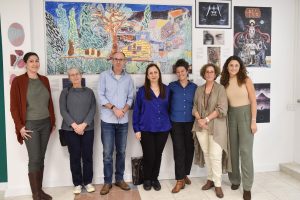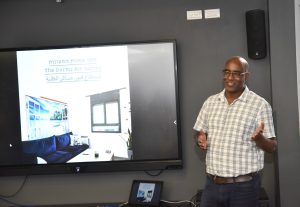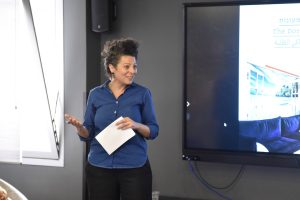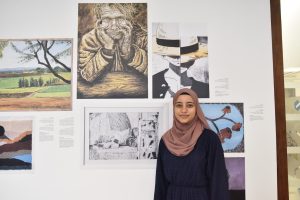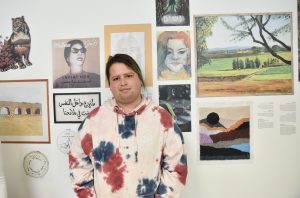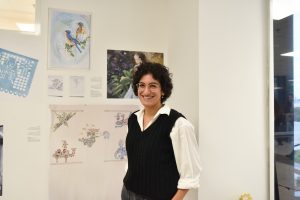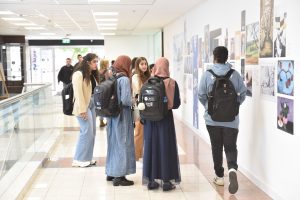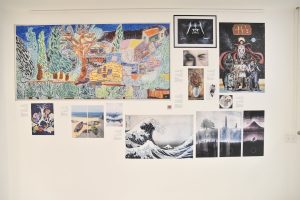Do energy bars and ready meals have to be unhealthy? We’re told processed food is “junk food” that is bad for us. But does it always have to be? Processed foods fill certain needs in our lives: we might not have the time to cook on a particularly busy day, wish to pack a pick-me-up after a day of running around, or long for some comfort food. Can we have all of that, while also being confident that we are eating healthily?
In an international event funded by the European Institute of Innovation and Technology (EIT), students from Turin, Helsinki, Madrid, and the Technion – Israel Institute of Technology worked to design and develop new shelf-stable processed food products that are healthy. The groups were part of the Food Solutions project and chose to look at processed foods as a fact of life, recognizing an opportunity to offer foods that are both healthy and environmentally friendly. The two Technion teams won gold and silver medals respectively for their innovative ideas.
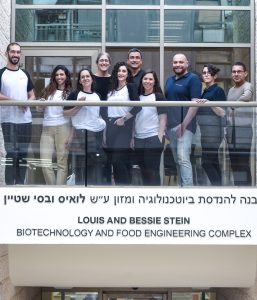
Group photo, R-L: Prof. Uri Lesmes, Michal Halfon, Ari Yolles, Eden Freundlich, Prof. Avi Shpigelman, Caroline Hali, Prof. Maya Davidovich-Pinhas, Neta Shimony, Noa Ben David-Zinn, Rauf Nasyer
“We think of ‘fresh’ and ‘natural’ as the healthy and ‘green’ choices,” Associate Professor Maya Davidovich-Pinhas, one of the teams’ guides, explained. “But that’s not quite true. Modern processing methods, based on scientific knowledge, can preserve, and even enhance the food’s digestibility and nutritional values. When you think about it, food processing has been a part of human history for millennia; it’s what enabled people to preserve food for winter, make it safe for prolonged periods, and carry it on long journeys. Even cooking is a form of processing food, which makes nutrients easier to digest, renders the food safer, and removes toxins and pathogens. Health-consciousness, a scientific approach, and new technology enable us to do the same things in smarter ways, and to get novel healthy food solutions.”
Speaking of products’ environmental footprint, the teams said fresh products require cold storage and cold transportation, which have a high energy cost that shelf-stable products do not incur. Fresh products also spoil quickly, and often go to waste. “One needs to look no further than the local greengrocer’s, at the fruit or vegetables that are imported from across the globe, but will be thrown away at the end of the day if they’re not sold,” the teams commented. “We wanted to create a product that harnesses the benefits of modern processing methods and changes negative connotations about processed food.”
The first team, “OmeleTofu,” won the gold medal for an instant vegan omelette that is ready to eat after just adding water. This tofu-based product is offered in two flavors: mushroom or shakshuka. The product is produced using freeze-drying, a process first developed for medical applications and space travel that, unlike heat-based drying methods, better preserves the food’s nutritional values. The team included graduate students from two faculties: Yael Friedler from the Faculty of Data & Decision Sciences and Neta Shimony, Eden Freundlich, Noa Ben David-Zinn, Rauf Nasyer, and Caroline Hali from the Faculty of Biotechnology and Food Engineering. The idea for the omelette, they say, came from Neta’s vegan boyfriend, who was struggling to find healthy food options that wouldn’t require much time to prepare and would match his dietary needs. The prototype development was supported by Garuda Labs, which helped the team with culinary aspects and implementation of the technology.
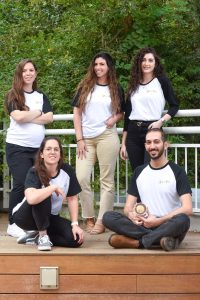
The OmeleTofu team. R-L, sitting: Rauf Nasyer, Neta Shimony. Standing: Caroline Hali, Noa Ben David-Zinn, Eden Freundlich. (Missing from the photo: Yael Friedler)
The second Technion team, which won silver, is comprised of undergraduate students Ari Yolles, Michal Halfon, and Shaked Katzelnik from the Faculty of Biotechnology and Food Engineering, joined by chef Adam Kleinberg from “Bishulim” culinary school. Calling themselves “Proteinchick,” the team developed a vegan, gluten-free, low-sugar, savory protein snack. This snack is made from chickpeas and lentils with a cashew-based filling. Its manufacturing process utilizes its own side-stream – the water in which the chickpeas are cooked, to bring the ingredients together in a process of coextrusion that gives it a fluffy and crunchy texture.
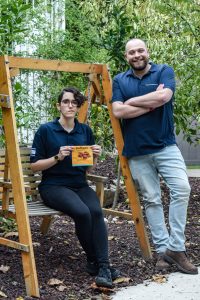
The Proteinchick team: Michal Halfon and Ari Yolles. (Missing from the photo: Shaked Katzelnik and Adam Kleinberg)
Both groups were guided by Professors Maya Davidovich-Pinhas, Avi Shpigelman, and Uri Lesmes from the Faculty of Biotechnology and Food Engineering. “This competition offers students a unique learning experience,” explained Prof. Lesmes. “They get a taste of the challenges the food sector faces these days. They develop a product, lay down a business plan, scheme its manufacturing, and present their ‘company’ to a team of experienced judges, so the whole process is very similar to founding a real start-up.”
The victories of “OmeleTofu” and “Proteinchick” join a line of trophies Technion students have won in Food Solutions competitions since the initiative was launched in 2017. Winning projects from previous years include vegan oat-based labneh, soy-based yogurt, low-sugar chocolate cake, spirulina-enriched falafel, and a solution to help prevent spoilage of natural juices.
The Technion teams’ success, year after year, is owed to experienced faculty, excellent students, and first-rate infrastructure. As part of their studies in the Faculty of Biotechnology and Food Engineering, the students gain experience in developing food products and in practical work on semi-industrial machinery in the faculty’s Food Innovation Center, in addition to extensive studies of science and engineering. This year, the Technion has set out to upgrade the existing infrastructure, founding the Carasso FoodTech Innovation Center – a research and development center that will be one of its kind in Israel and one of the most advanced in the world, connecting the students to the flourishing foodtech ecosystem.
The Food Solutions competition is part of a larger EIT Food Education program aimed at strengthening the food sector in the European Union through training professionals for innovation, health awareness, and sustainability. The recent competition took place in Brussels, Belgium, in November, and was hosted by Puratos Corporation.



